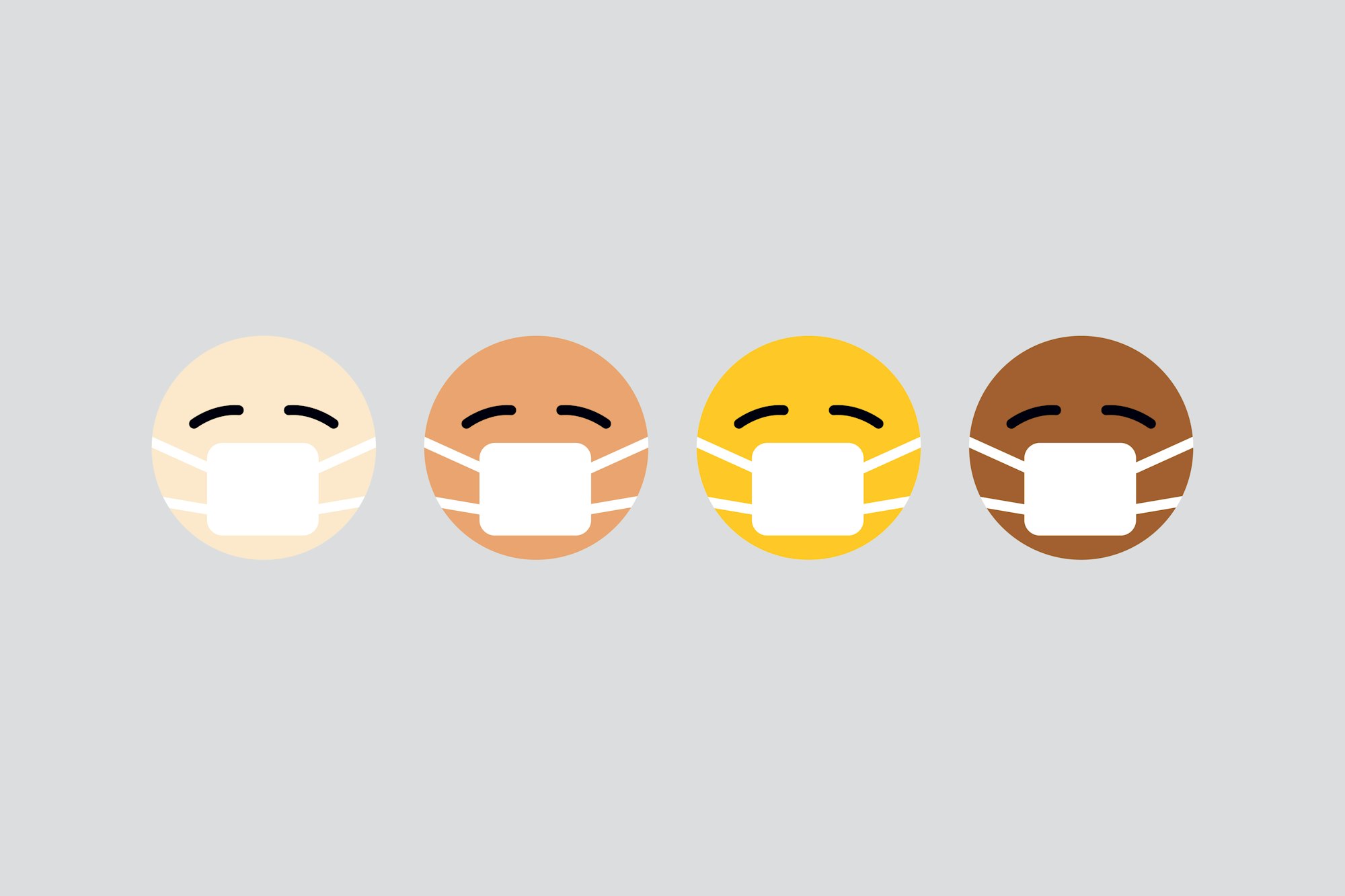The 7 Ds guideline for Covid-19 infection risk assessment in training spaces

Author: Catherine Knowles
Following the precautionary principle, we should not be looking for evidence that a practice or activity is harmful before deciding to avoid it, but should instead be looking for evidence that a practice is safe before adopting it.
I developed the 7 Ds below after research into the Covid-19 situation as part of my wider work writing policies for my own business and other bodies. It can be used as a tool to clarify the thinking process around mitigating risk and reducing the chain of infection. The situation with Covid-19 is evolving all the time, and quickly, but at the time of writing, I feel that applying the 7 Ds to each part of a risk assessment can reduce the likelihood of infection being transmitted.
7-Ds
1 Disease or Diagnosis – Before admitting anyone to our premises, we should identify individuals who would be at greater risk should they become infected because of preexisting health conditions and also those that would pose a risk of infecting others, by asking appropriate health and symptom questions, visually assessing the individuals condition and perhaps checking temperature with non contact thermometer.
It’s important to take into consideration that a large percentage of people are asymptomatic, which is why we need to take additional precautions. An elevated temperature is present in around 50% of infected individuals, so taking temperatures on arrival should be considered as a precaution.
2 Diversity - The more diverse contacts an individual has had, the greater the risk they pose. We can mitigate this risk by asking questions around travel and events. For instance, someone who would arrive by public transport and has returned to work where they have contact with other people is a greater risk than someone who arrives by car and works from home.
3 Distance - The 2m rule is the government advice for social distancing, based on droplets largely travelling less than 2m before falling to the ground or onto surfaces. It is all we have to adhere to at present, however, it is simplistic and refuted by 8 out of 10 recent studies so we shouldn’t rely on it for safety and should ensure that other measures are in place, including PPE, facilities for frequent hand hygiene and a policy of frequent washing of clothing.
4 Duration – The longer you are in contact with someone carrying the disease, the more likely you are to become infected. The government test, track and trace scheme will be contacting individuals who have been in the presence of confirmed cases for more than 15 mins at 2m and for anyone who has had any close personal contact or exposure closer than 1m to infected people.
We can’t do much about the duration of contact because classes and training times will be longer than 15 mins, so our focus will be on other areas of risk minimisation.
5 Delivery – The route of transmission of infection (not specifically for Covid-19) can be*:
- Droplets – usual spread of 2m
- Airborne / aerosol – liquid or solid particles which are small and buoyant so they can remain in the air and travel up to 15m, but on average 8m. They evaporate before landing.
- Fomites – objects or surfaces which are likely to carry infection because they have been touched or covered in droplets or aerosol, for example seating areas, aerial equipment, pens, iPads etc.
Different activities produce different levels of droplets and aerosol so each represents a different level of risk.
|Activity|No. of Droplets|Aerosol Generating|
|---|---|---|---|---|
|Normal Breathing|a few|Some|
|Single strong nasal exhalation|up to a few hundred|Some|
|Talking|up to a few thousand|mostly|
|Coughing|many thousands|mostly|
Sneezing|up to a few millions|mostly|
Vomiting|millions per ml|mostly|
Significance is based on:
- The number of droplets
- Their size and ability to spread
- Concentration of infectious agents (super spreaders)
- Frequency of the action
By this stage in the risk assessment process, you should have excluded anyone who is symptomatic. So, given that breathing and talking occur more frequently than coughing in an asymptomatic person, they will be responsible for more droplets, overall, than a cough.
The relevance of this is that we should be avoiding the level of exertion that causes a deeper and increased rate of breathing, in proximity of other people. Warm-ups that mobilise and warm up the muscles are better than aerobic ones. We can mitigate this risk with appropriate PPE. Bear in mind some face coverings and masks only keep droplets in, whereas some others also keep droplets out, that some masks may not be effective for long periods and that the efficacy of home-made ones is unproven.
*Ref Morawska 2009 + Fiegel 2009
6 Dispersal – Aerosol contamination has been shown in some research to remain in the air for up to 5 hours, but this is affected by the rate of air change.
Consider training outdoors to allow dispersal. Facts to take into account if indoors are the size of the space and availability of ventilation – can doors be left open to allow a flow through? Is the space a suitable size for HEPA (High Efficiency Particulate Air) filters?
7 Decontamination – Disinfecting porous surfaces such as fabric or taped items can present other risks because washing aerial silks, for instance, at 60C can damage the fibres, and spraying a trapeze bar would make it slippery. Consider restricting use of equipment to those that can be disinfected because they have smooth, non-porous surfaces or they are washable at 60 Celsius. Remove taping where possible. UV light is effective but can’t be used when people are in the premises.
As a final thought, there is another D worth adding – Documentation. Now is the time to be more thorough than ever before about documenting what you do, on the basis that if it isn’t documented, it didn’t happen.
What are we up against with Covid-19?
This is a new disease that is baffling the medical community in the ways that some people have a severe response, others a mild response and others are asymptomatic. It’s the asymptomatic individuals who pose the biggest problem in our risk assessment so we have to assume everyone is infected, even if they have signed declarations about their movements, contacts and symptoms that indicate they are low-risk.
It has become clear that Covid-19 is not just a respiratory disease but a multi-systemic disease affecting all major organs and blood vessels. It is thought to enter the body through ACE2 receptors, expressed by cardiovascular and gastro-intestinal systems.
The significance of this is that contamination and infection doesn’t just occur through coughing or sneezing, which is one reason why hand-washing facilities are key.
Some of the damage is caused by the effect of the infection directly on the organs but there is also damage through clots which are formed in small and large blood vessels which restrict blood supply to the area and decrease the uptake of oxygen to the blood. Some recent research has found fibrinogen (clotting substance) levels to be more than 10 times the normal levels and D dimer (evidence that a clot has occured) levels are in the tens of thousands when they are normally in the low hundreds.
The infection also can cause a severe immune reaction, increasing inflammation throughout the body. It’s thought that the loss of taste and small is related to the virus’s effect on the olfactory nerve, which passes sensory information from its receptors in the nasal mucosa to the forebrain.
Dermatologists who were redeployed to emergency Covid-19 roles observed a range of skin conditions related to the virus and have published papers describing and evidencing the diverse ways those appear and affect individuals in different ways.

